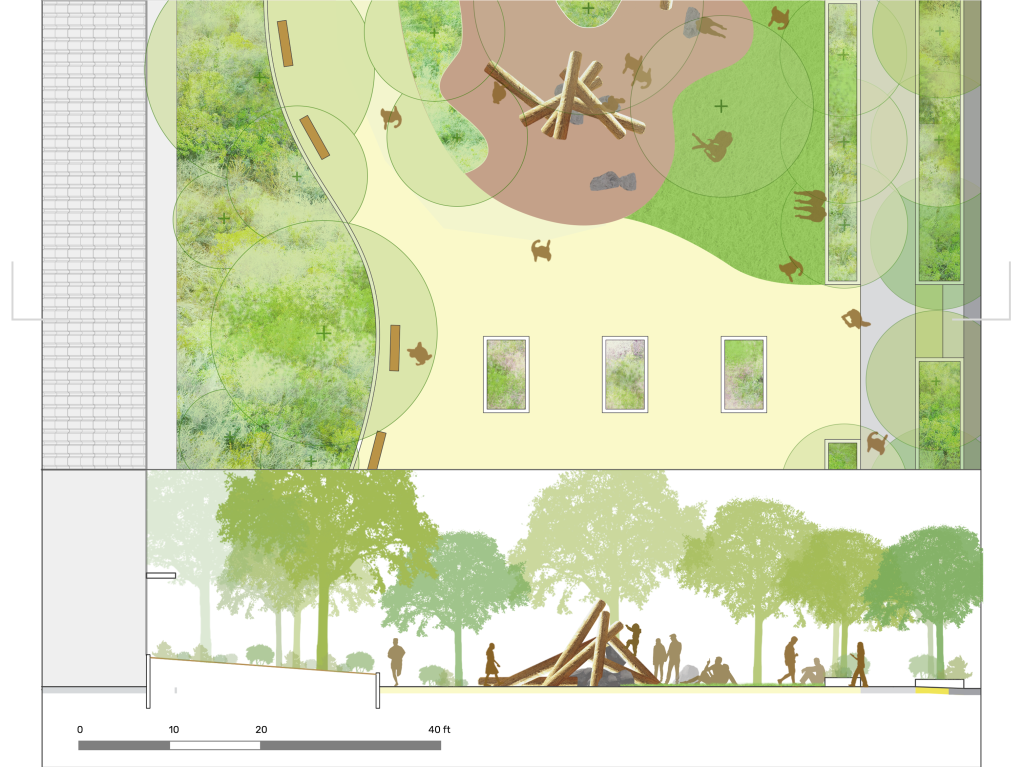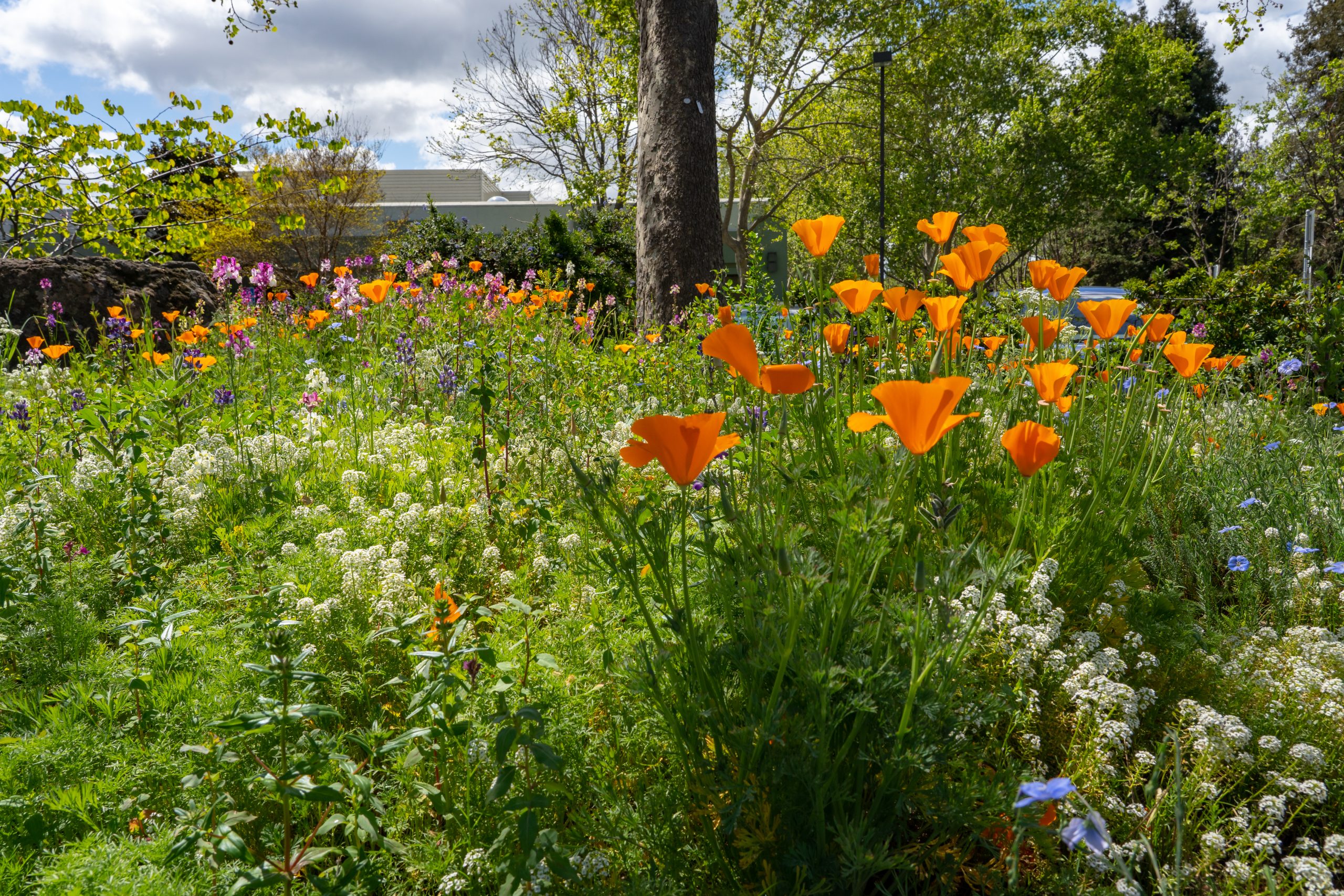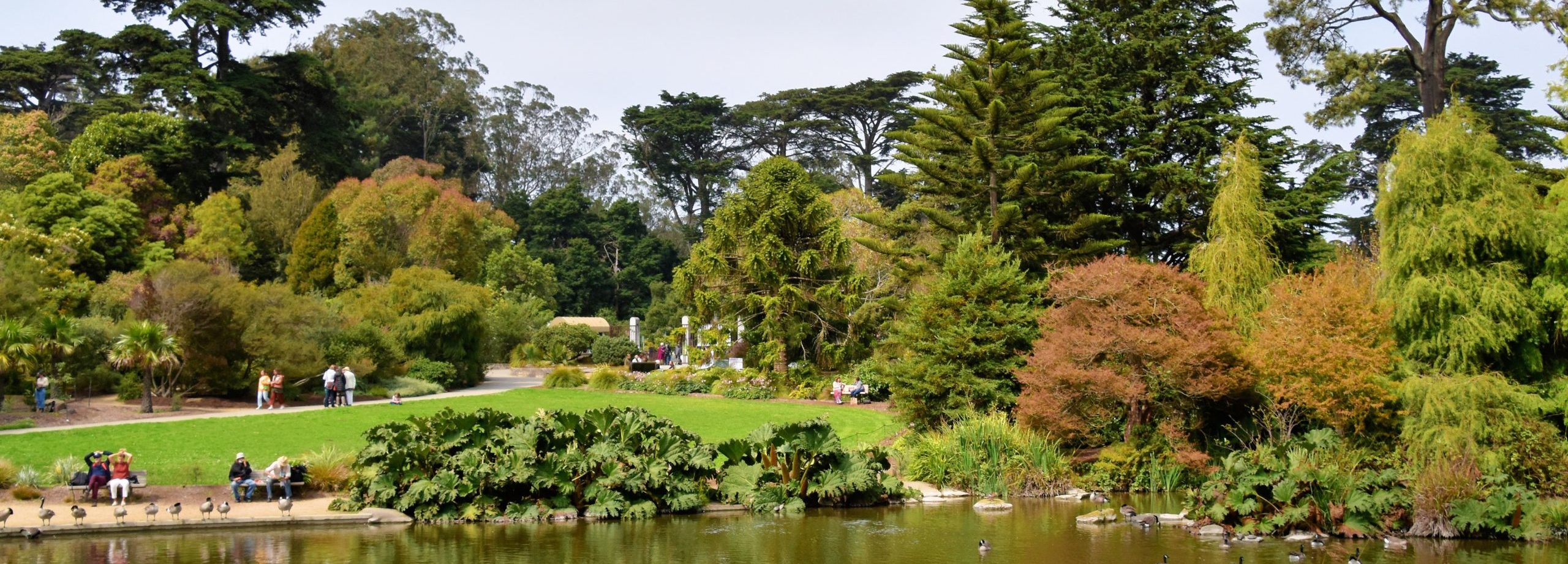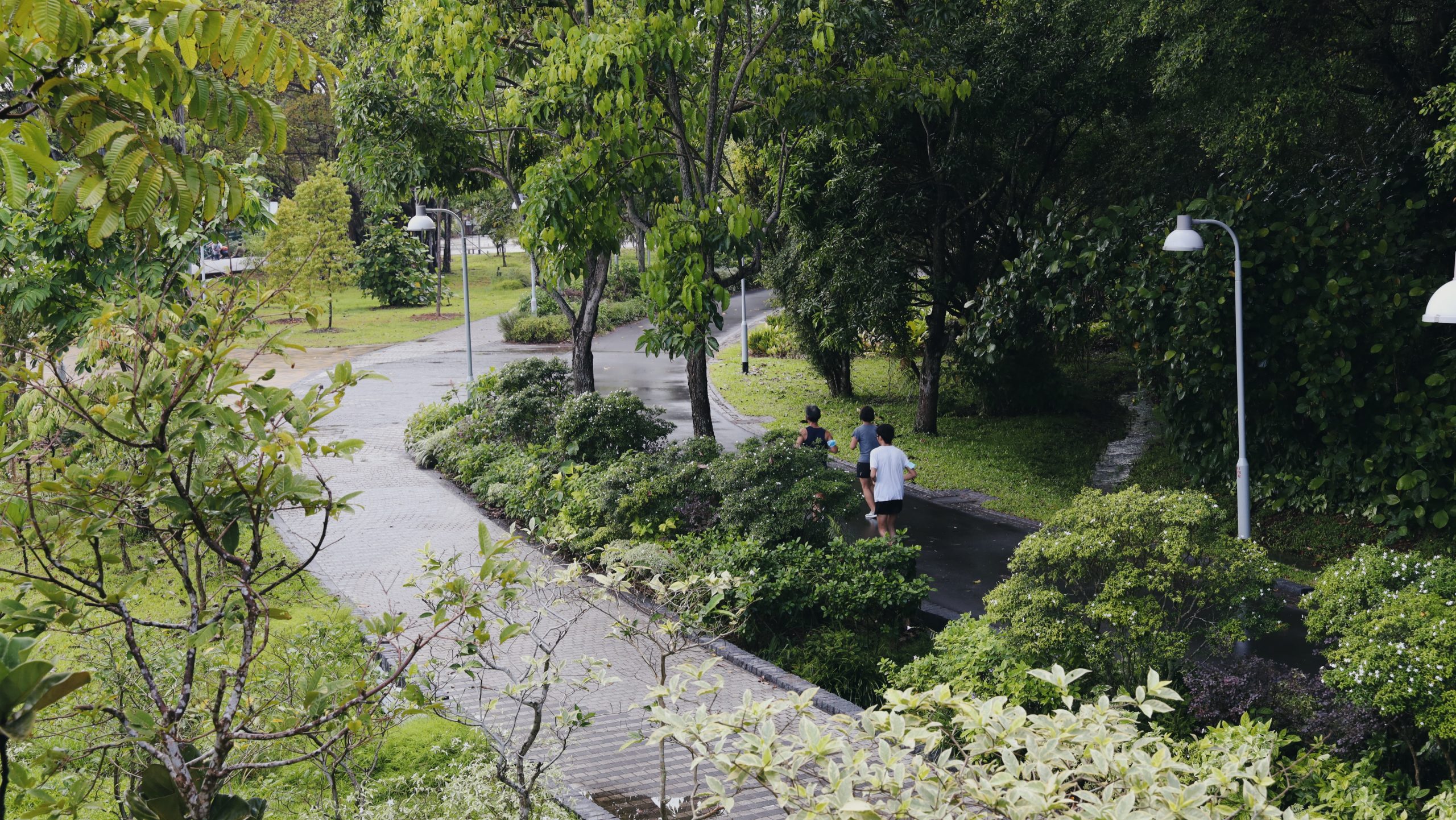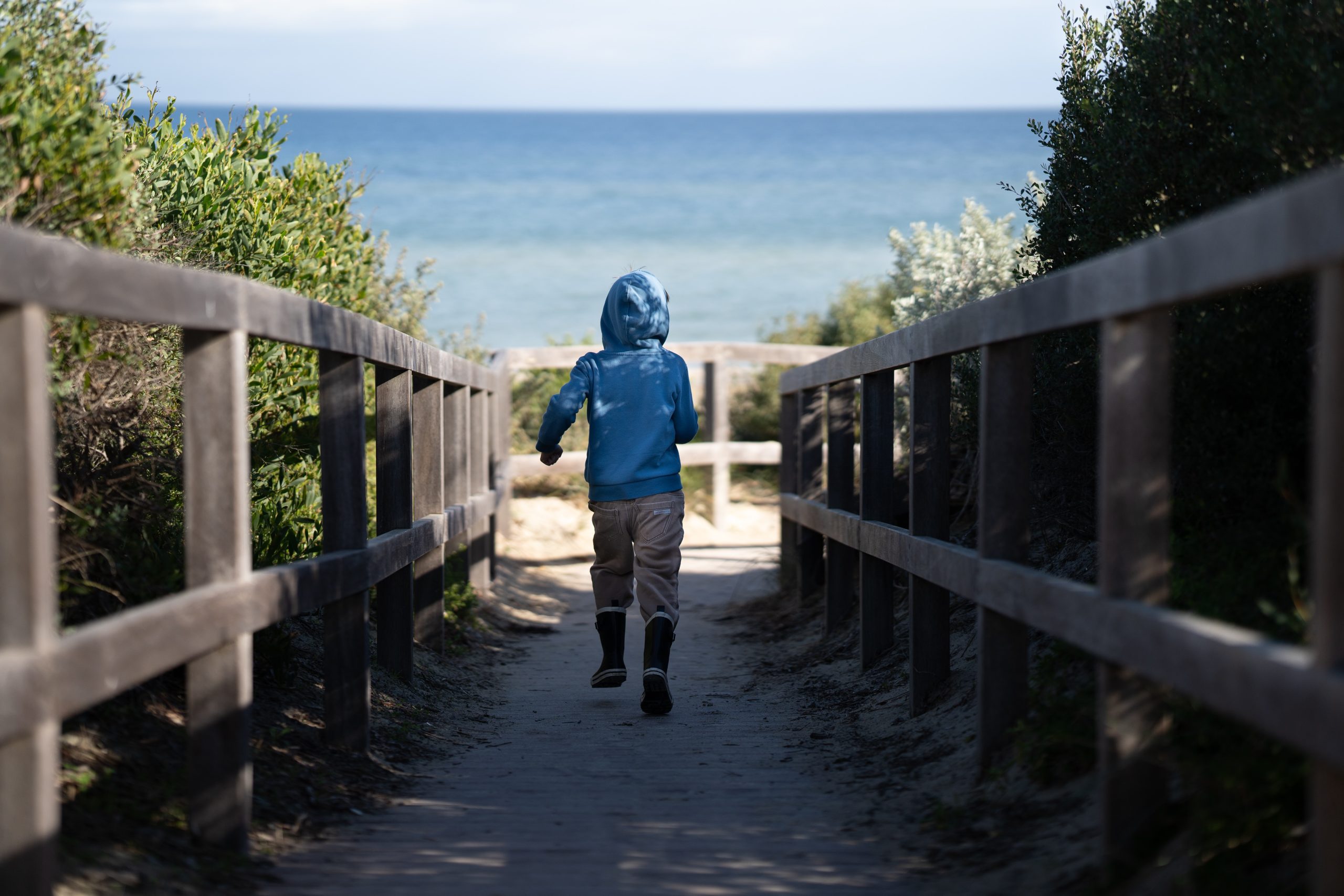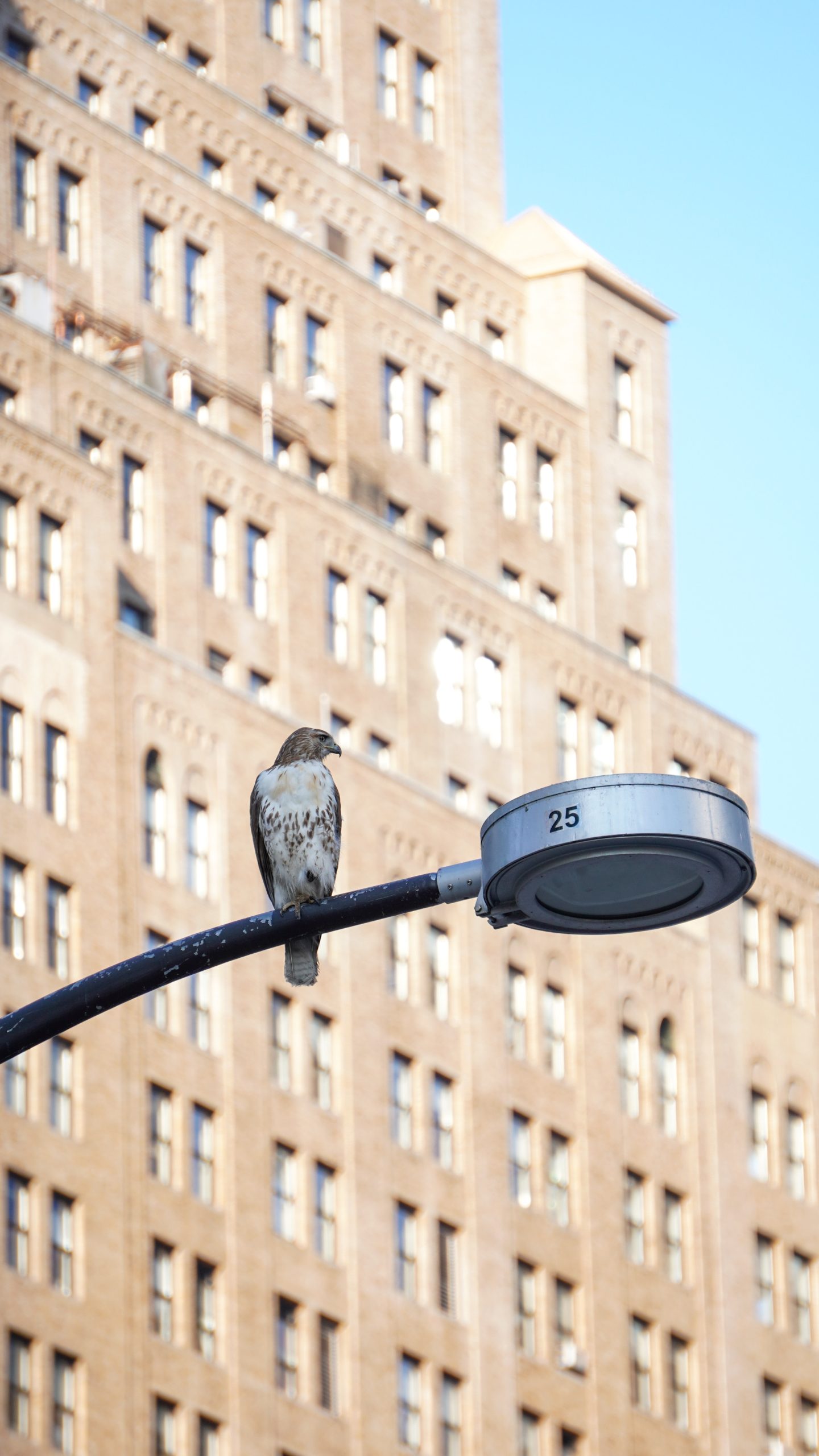Neighborhood Parks
Image credits: Jakub Dziubak, Unsplash
Neighborhood parks are public greenspaces that are designed to serve a particular neighborhood or community within a city. Such parks are typically less than 5 acres (~2 hectares) and may be too small to include major recreation facilities and large areas of undisturbed habitat. Human uses often dominate these smaller parks.
Biodiversity role:
Small parks provide habitat for native plants and small mobile wildlife such as birds, butterflies, and bees, and act as stepping stones, allowing movement of wildlife through urban spaces.
Human health role:
Small parks provide a distributed network of greenspaces that increase accessibility and exposure to recreational, cooling, and other health benefits of greenspace. Having parks close to homes maximizes the many health benefits of greenspace including improved mental health, physical health, and children’s behavioral development and connection to nature.
Key tensions and tradeoffs:
Due to space constraints, it is difficult to create undisturbed habitat areas within small neighborhood parks. Small park design may need to prioritize human uses and benefits. Isolated small patches may also act as ecological traps by attracting wildlife but not providing sufficient resources or exposing wildlife to dangers.
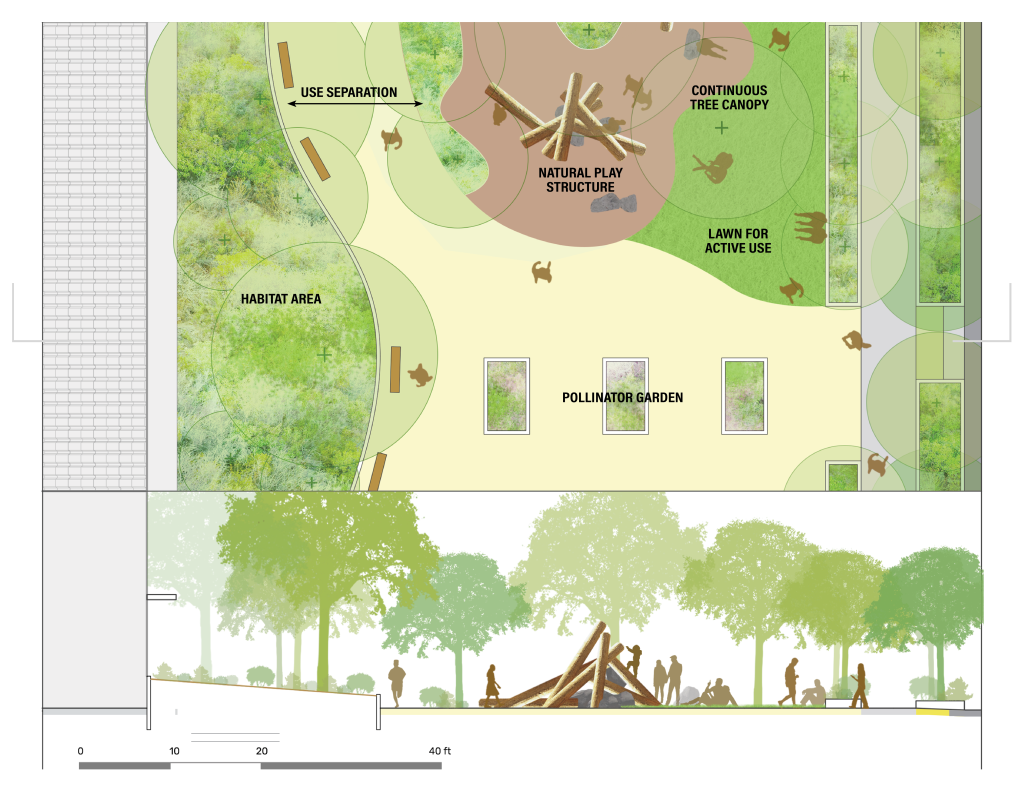
Habitat areas
Maximize the value of limited habitat area by planting native pollinator gardens and host plants for target species. Design park spaces around high value features such as existing large trees and water features. Wildlife friendly management practices will maximize benefits of small habitat areas.
Tree canopy
Cluster trees to maximize cooling and habitat benefits. Place playgrounds and activity areas under tree canopy to reduce UV exposure and provide shading. Place trees to connect larger patches of habitat for wildlife.
Structural complexity
Where possible, introduce multiple layers of vegetation. Structural complexity supports biodiversity in small greenspaces by providing habitat and food resources for species while providing cooling benefits and supporting children’s imaginative play.
Separation of uses
Separate human use spaces from habitat areas to minimize habitat disturbance. To maximize benefit for people, separate active use spaces such as sports courts and playgrounds and passive use spaces such as picnic tables and benches.
Playgrounds and recreation
Within human use areas, prioritize recreational areas for children. Children with a nearby park playground are more likely to be classified as healthy weight than children without nearby playgrounds. Recreational activities boost mental health and physical activity levels.
Water features
Water features such as ponds and shallow streams can relax, promote social interaction, and encourage play for children while providing habitat for biodiversity. Water features can act as “miniature ecosystems” and provide education opportunities.
Management for accessibility and activity
Reduce barriers such as park fees, rules, and limited operating hours, to increase accessibility and equity for park users. Include programming to support park use and recreation. Maintain recreational facilities and greenspaces to support physical activity and improve perceived safety.
Click on each image subtitles on the left to learn more
Habitat areas
Maximize the value of limited habitat area by planting native pollinator gardens and host plants for target species. Design park spaces around high value features such as existing large trees and water features. Wildlife friendly management practices will maximize benefits of small habitat areas.
Tree canopy
Cluster trees to maximize cooling and habitat benefits. Place playgrounds and activity areas under tree canopy to reduce UV exposure and provide shading. Place trees to connect larger patches of habitat for wildlife.
Structural complexity
Where possible, introduce multiple layers of vegetation. Structural complexity supports biodiversity in small greenspaces by providing habitat and food resources for species while providing cooling benefits and supporting children’s imaginative play.
Separation of uses
Separate human use spaces from habitat areas to minimize habitat disturbance. To maximize benefit for people, separate active use spaces such as sports courts and playgrounds and passive use spaces such as picnic tables and benches.
Playgrounds and recreation
Within human use areas, prioritize recreational areas for children. Children with a nearby park playground are more likely to be classified as healthy weight than children without nearby playgrounds. Recreational activities boost mental health and physical activity levels.
Water features
Water features such as ponds and shallow streams can relax, promote social interaction, and encourage play for children while providing habitat for biodiversity. Water features can act as “miniature ecosystems” and provide education opportunities.
Management for accessibility and activity
Reduce barriers such as park fees, rules, and limited operating hours, to increase accessibility and equity for park users. Include programming to support park use and recreation. Maintain recreational facilities and greenspaces to support physical activity and improve perceived safety.
Relevant Design Details
Design details are non-site specific strategies to include throughout the design and management of all urban greenspaces. Typical contexts and documents in which these strategies may be relevant include: (1) Project design and construction documents (ex. site plans and design details, planting schedules, and specifications); (2) Design standards and typical details for a park system or other greenspace type; (3) Operations and management plans.

